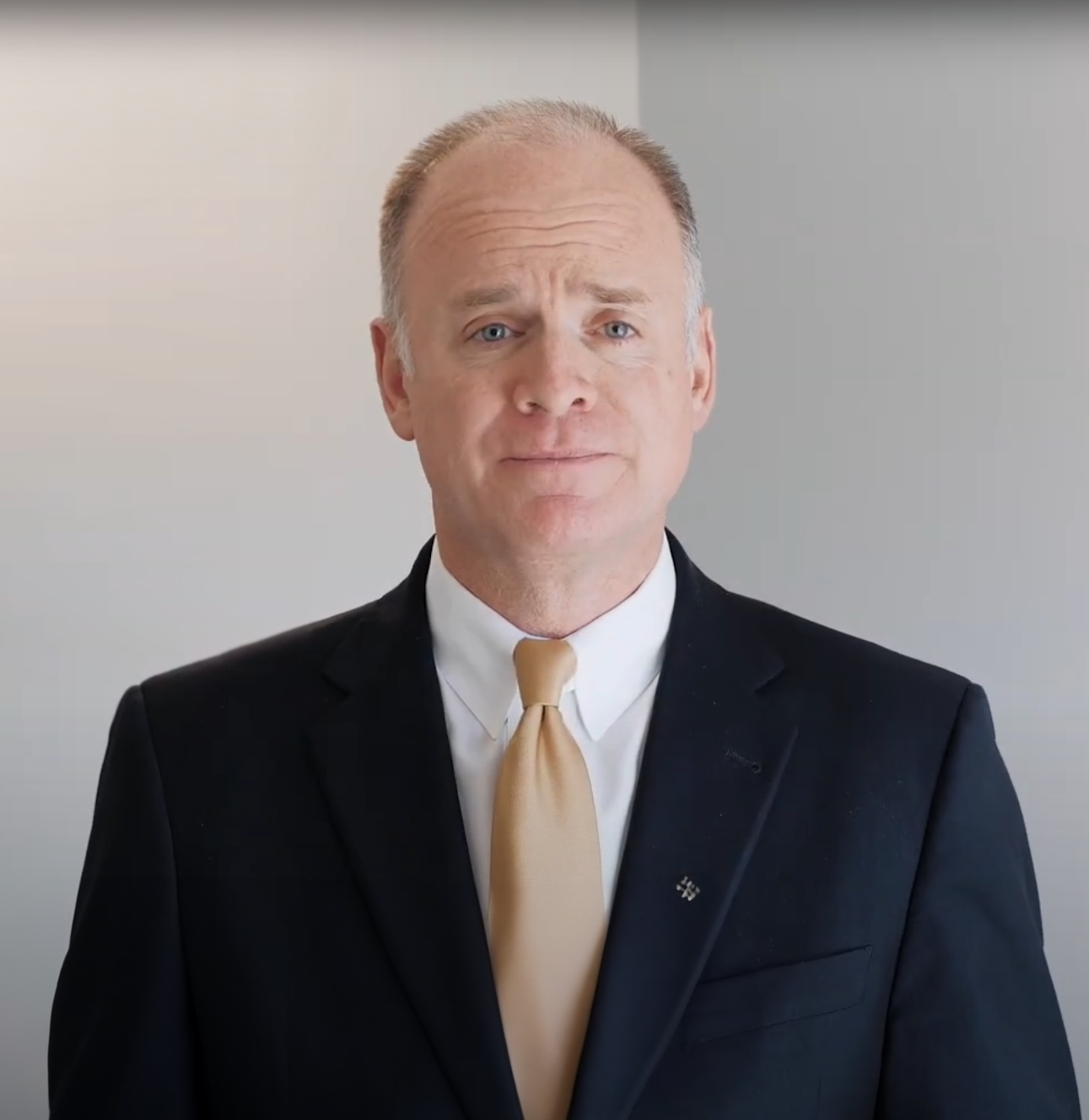The COVID19 pandemic continues to impact the lives of millions of people across the globe. Since the 23rd of March however, the markets have begun to recover, but now it seems that worries over a second wave of the disease are weighing on market sentiment again.
As of Monday, the 6th of July, the Dow Jones Industrial Average is higher by over 43% from the low established in March. Recently however, amid reports of some states seeing a rise in daily new cases of the disease, and the comments of Fed Chairman Powell about a resurgence of the disease being the greatest threat to our economic recovery, the markets have retraced some of that gain.
Earlier in the year, markets seemingly priced a much more dire outcome into themselves than what we’re actually observing today. As we’re come to know more about the disease, and as many companies have worked to produce a vaccine, and as we’ve made recent strides around the globe to reopen economies, this has caused a retracing of those earlier losses, and a repricing of the likelihood of a robust economic recovery.
But Chairman Powell was correct in his assessment that the greatest risk to future economic gains remains a resurgence of COVID 19, and potentially regressing into a shutdown protocol again.
I suppose the million-dollar question to which everyone would like an answer is, how likely is such a resurgence? To answer this question, I believe that can we glean insight from around the globe for clues about what we may experience in the United States over the coming months.
First, let’s take a look at what’s been moving the market lately. On the topic of employment, we learned on the 2nd of July that 4.8 million payrolls were created in the month of June, and this was a huge positive surprise.
Additionally, the four-week moving jobless claims average continued to decline, and is now almost 78% lower than it was on the 8th of April. Clearly, these are great signs that suggest stronger economic conditions may be ahead in the coming quarters.
Additionally, the TED spread stood at 19 basis points as of the 6th of July. This can be viewed as a sentiment proxy for the bond market. The spread widened as the stock market declined earlier in the year, over concerns that COVID19 would have a devastating impact on the economy. As those concerns have been re-priced, the TED spread has tightened back to historically normal levels.
As to what we can glean from around the globe, over the previous few months, we’ve observed the manufacturing Purchasing Managers Index for many countries rise considerably. This is important, because it’s a measure of industrial output. You’re either making widgets or you’re not. If you are, then workers must be in the factories making those widgets, and by extension, they must be healthy at the same time.
As I’ve tracked PMI values from across the globe, I’ve also considered them in context with reports of new cases of COVID19, to discern whether or not we can observe a connection between a return to manufacturing activity, and a second wave of the disease.
In the epicenter country of China, we now have 120 days worth of data going back to the low reading in February, and as of today, we still see no new wave of COVID 19 in China. There, we’ve seen values recover from 35.7 to a recent reading of 51.2, and a quick return to expansion territory. The disease hit the Eurozone about 45 days later, and ultimately, the United States. So, my question is, what can we now glean from the Eurozone in terms of their reopening and any evidence of resurgence?
Italy is showing a strong resurgence, from a reading of 31 to 47.5 in two months. France has jumped from 32 to 52.3 in two months. Germany has recovered from 34.5 to 45.2 in two months, and the United Kingdom has recovered from 33 to 50.01 in two months. We see similar patterns of recovery throughout the 33 economies of the Euro Zone, and to date, we see no new second wave of COVID 19 as this recovery has developed.
As for the United States, bear in mind that we were the last country to be hit by COVID19, so observing what we can from China and the Eurozone, I think, gives us some good insight into what we might expect here over the coming 60 to 90 days. Over the course of the last two months, we’ve seen our manufacturing PMI readings improve from 41.8 to 52.6. While we have experienced a resurgence of positive case results, the rates of death continue to decline. Indeed, on Monday, the 6th of July, the Centers for Disease Control suggested that COVID 19 in the United States was on the threshold of losing its status as being an epidemic.
For the time being, based on evidence from around the globe, it appears that it is indeed possible to successfully re-open the economies of the world without triggering a new, second wave of COVID 19. That doesn’t mean that markets won’t pause in the middle of the rally we’ve had since late March though to reprice the risk of such an event happening. I’m driven by what I can quantify however, and at the present time, I’m not inclined to believe based on the evidence that we have today that a second COVID19 induced global economic shut down is the most likely outcome.
I remain with the belief that the most likely outcome is that we continue to see a declination in the trend of deaths, and continue to recover economically. I think that what we’re observing across the Eurozone is a good indicator of what we might expect here in the United States over the coming 30 to 60 days.
I’ve stressed throughout this crisis that people need to rise above the noise, and remain focused on the long term objectives that they’re trying to accomplish. Continue to dollar cost average through the dislocation, and be more concerned with where you’ll be 10 to 20 years from now, more so than what happens from one day to the next.







